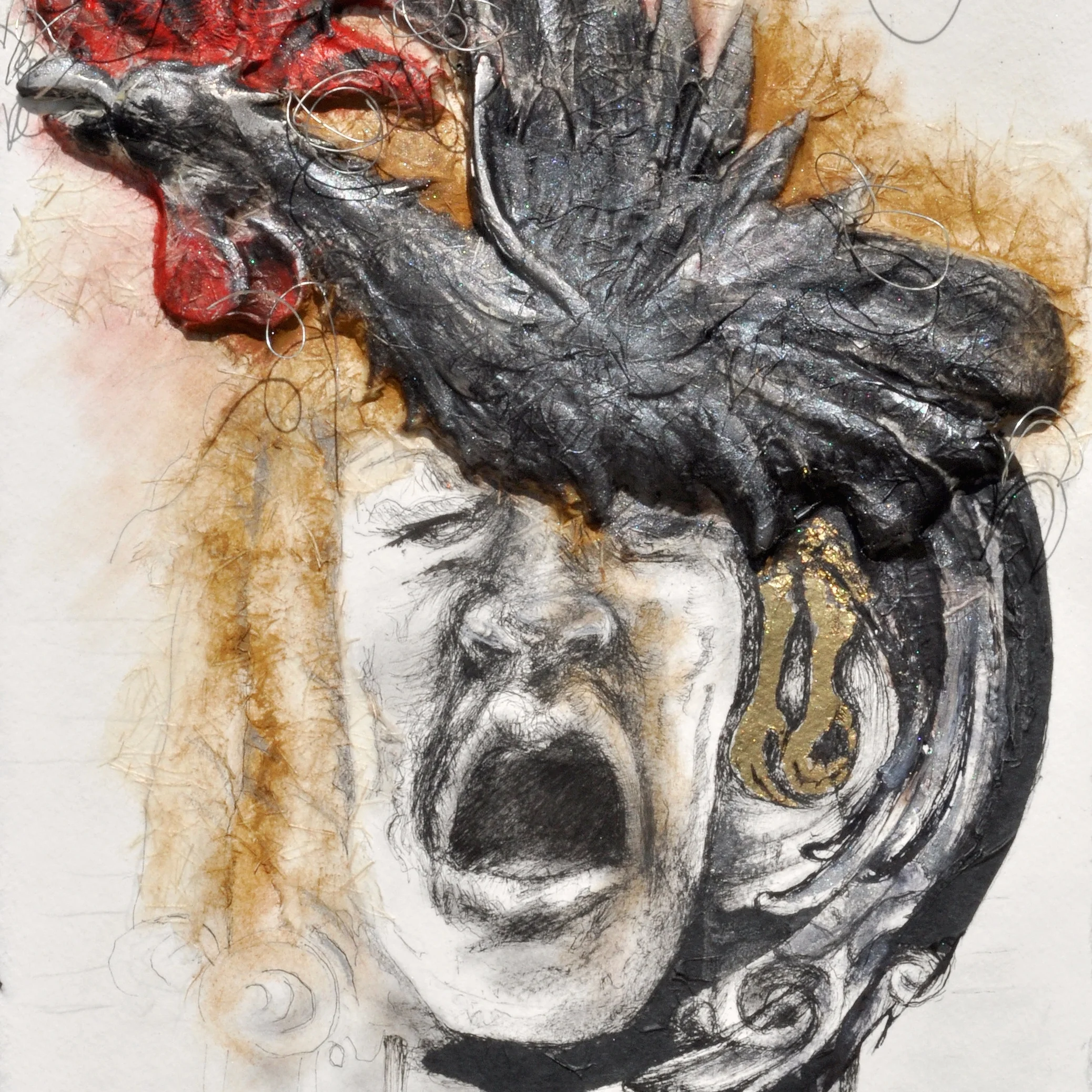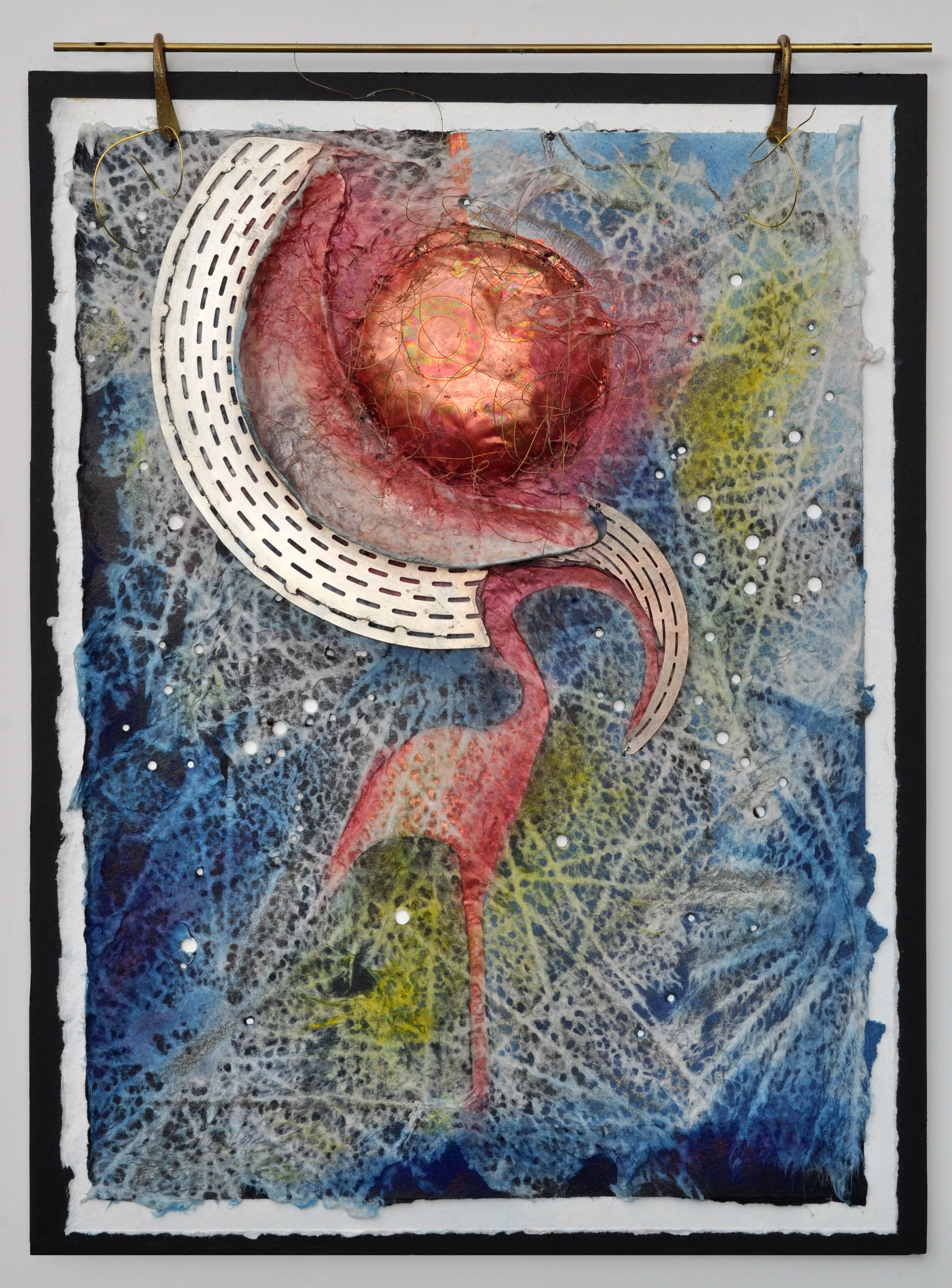
3
Ring

2
Scarlet Tree

3
Riga has been Glorified

2
Saule Apollo

2
Sun Moon Thoth

2
Sun and God Fighting

2
Sun Hangs Out Her Skirts to Dry

2
Auseklitis Ran Away

2
God Sing Higher

2
Dekla Laime

2
Saules

2
Black Rooster Singing

3
I Let Only Half My Voice Ring

2
On The Shore of a Large Sea

3
Rustling Leaves

3
A Spark of Fire

3
The Linden and Oak Tree

3
Soft is My Tongue

3
Roses and Poppies

2
Bird Cherry or Apple Tree

2
The Bee

2
Rooster

2
Sadness Under a Stone

3
Where Great Smoke Rises

2
Thunder God

3
Rams Heads

3
Old Age

2
Zalktis Serpent



























